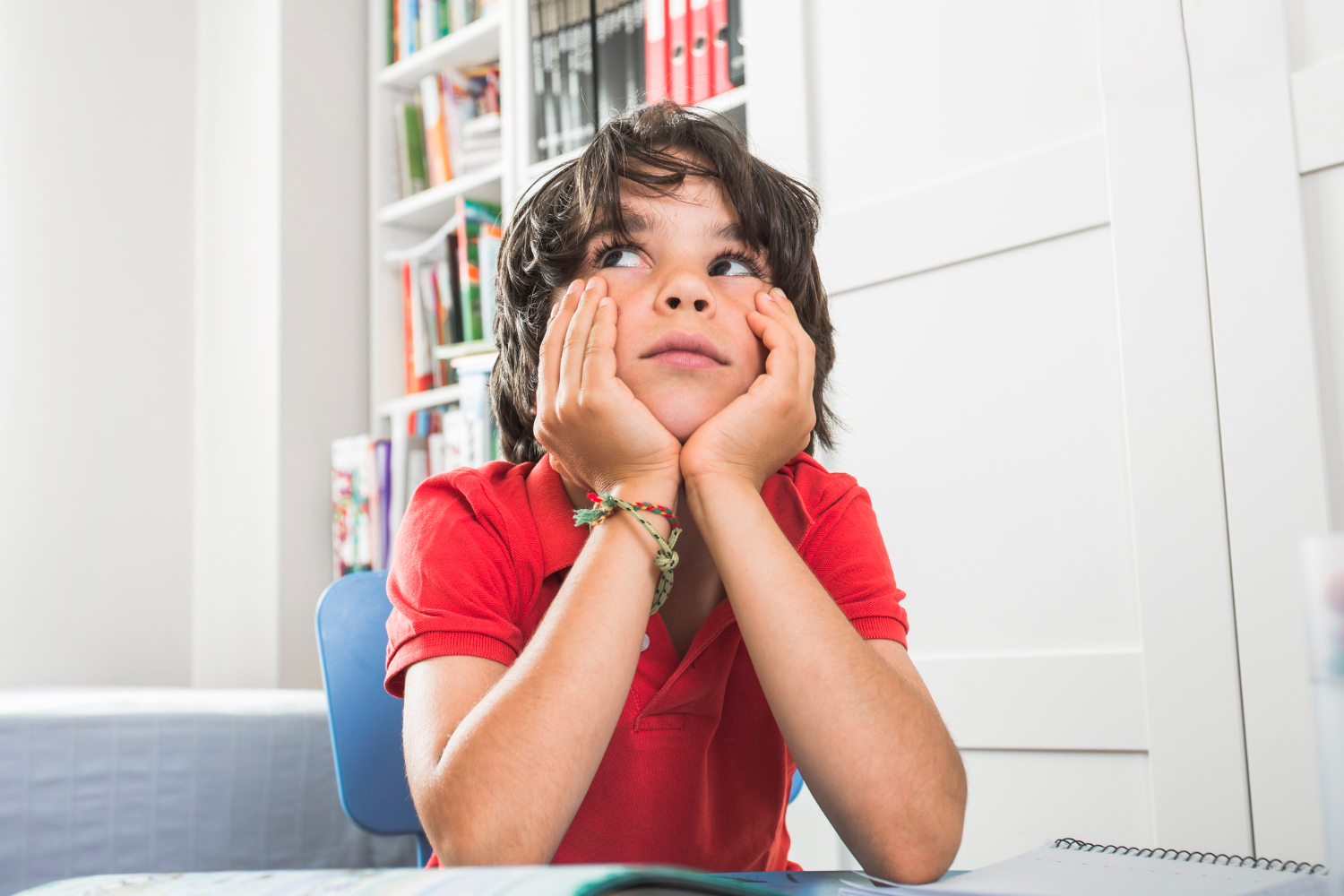
About ADHD in Children
Attention-deficit hyperactivity disorder, also known as ADHD, is a chronic condition that affects children, with symptoms often continuing into adulthood. Common symptoms of ADHD include inattentiveness, hyperactivity, and impulsive behavior. ADHD affects the behavior of children both at home and in school.
According to the Federal Centers for Disease Control and Prevention, approximately eleven percent of children in the United States are diagnosed with ADHD. Boys are more commonly diagnosed with this condition than girls. Children with ADHD often struggle in school, have poor self-esteem and may be at an increased risk for drug and alcohol abuse as they get older. With treatment, however, most people with ADHD can lead successful and productive lives.


Our AHD Management Process in Children
- Comprehensive Behavioral Assessment (CBA): A structured evaluation of the child’s behavior, attention, emotional regulation, learning patterns, and social interactions, conducted through clinical observation, parental input, and standardized tools.
- Individualized Care Plan (ICP): A customized plan designed for each child, addressing specific needs related to attention, hyperactivity, learning, and behavior management. The plan includes both short- and long-term therapeutic goals.
- Parental Guidance and Education (PGE): Parents and caregivers receive training and resources to understand AHD, manage daily challenges, and support consistent progress at home and school.
- Intervention and Therapy Coordination (ITC): Depending on the child’s needs, interventions may include behavioral therapy, occupational therapy, speech therapy, or coordination with pediatricians, psychologists, and educators.
- Progress Documentation and Follow-up (PDF): All assessments, observations, interventions, and outcomes are systematically documented. Regular follow-ups are conducted to track the child’s progress, adjust care plans, and ensure continuous improvement.
*Disclaimer: We do not prescribe controlled substances
